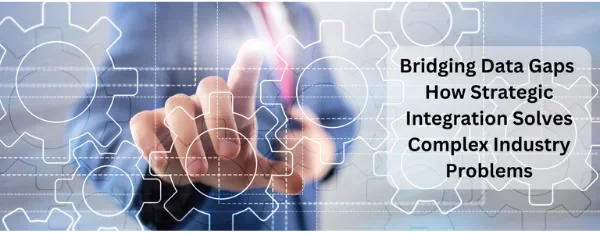Professional Service Automation (PSA) is a suite of software designed to streamline and optimize the operations of professional service organizations. With good integration, a PSA suite can become the nerve center for project management, time tracking, billing, and resource allocation as it related to professional services engagements. While such PSA platforms can guide businesses through the complexities of service delivery, they often lack in-built integration with ERP/GL and specifically on time reporting.

Service Delivery & Revenue Forecasting
Imagine your PS team has signed a data migration deal with one of your customers. Your PS operations team would log in to the PSA platform, and create a Project to initiate resource allocations. It is often mandated that project creation entails a detailed project plan, on resources needed, planned hours/utilization and thus billable revenue. At the onset, a “forecast” is provided to the revenue and FP&A teams to predict top-line attainment. There aren’t that many PSA solutions, that can integrate PS projected revenue into your Financial Management tool like Hyperion. So the option is to manually “hand off” the forecast – either via files or slack channels. This is Gap 1 with your PSA implementation.
As the service delivery begins, Revenue recognition starts but only for the tasks/time completed. Since the service delivery isn’t complete, your organization cannot technically invoice your customer, so an automated ERP/GL entry is ruled out. Depending on where you are with your fiscal close, your revenue accounting team may choose to accrue revenue to date (knowing your customer hasn’t pain a penny yet). This is often another manual ledger entry, that needs to be input accurately. Your FP&A teams is still interested in knowing if the prior submitted forecast is good or needs to revised (based on actuals to date PLUS projected delivery). Don’t forget, final revenue is usually inclusive of taxes and service credits – which you cannot really predict during the delivery cycle. Another set of manual crunching and hand-offs, yields you Gap 2 with your PSA implementation
At the end of service delivery, its time to collectively look at billed utilization and add any taxes/discounts before we generate a Final invoice to your customer. This is the Invoice entry that actually makes it into your ERP, and creates a Accounts Payable entry. Did the final Invoiced amount match with all the manual revenue entries that were posted? Do we need to adjust the GL again? Gap 3 of your PSA platform, or business process.
How do you ensure all these tiny processes don’t lead to a potential Audit nightmare? How do you mitigate the gaps that we discussed above?
Automate your PSA instead of Investing more
Your organization may choose to beef up your PSA suite, to handle this one use-case. What about others? Can you afford more investments? Can your PSA vendor scale to your needs? The answer could be a no code workflow automation tool, like Vorkflow. Our solution can:
- Mitigating Gap 1: Provide Initial Forecast
Using API’s, VorkFlow can read into the initial project structure and resource plans, estimate the planned utilization and expected revenue. Using lookup tables, we can even derive the taxation for the delivery and arrive at a “complete forecast”. We can then, again via APIs or intelligent automation, deliver the forecast directly into your EPM tool. No manual hand-offs or juggling with files. - Mitigating Gap 2: Ongoing Revenue accrual & Forecast
Using the same mechanism as above, VorkFlow can accurately calculate the Billed utilization and provide an early estimate for both your GL entry and as a forecast. Inclusive of taxes, and any “service credits” thrown in. 100% automation, as often as needed. Every event is tracked and recorded, so reconciliation becomes easy. - Mitigating Gap 3: Final Invoice and Final GL entry
At the end of project delivery, our VorkFlow platform can revise the Actual Billed Utilization and after adding taxes and “credits” arrive at the Invoice amount to be billed to the customer. We can automate the process of adding this Invoice to your in-house ERP platform. In addition, we can look up all of the prior posted GL entries (that were posted by VorkFlow) and compare against the Final Invoice amount. Any differences can be annotated and approvers can be notified on how to handle it. Our solution can, based on the difference, then make a “manual adjustments” entry as part of the final revenue accrual posting. We can even attach the generated Invoice number (from ERP) into your GL, so GL entries can line up with Invoices. - Additional Benefit – Inbuilt Dashboard for timely Reporting
As data hand-offs happen between your PSA platform and our VorkFlow solution, we can easily serve up needed insights so people stay informed on these critical numbers.
Learn more about unlocking the integration capabilities of our solution VorkFlow. Get in touch.
